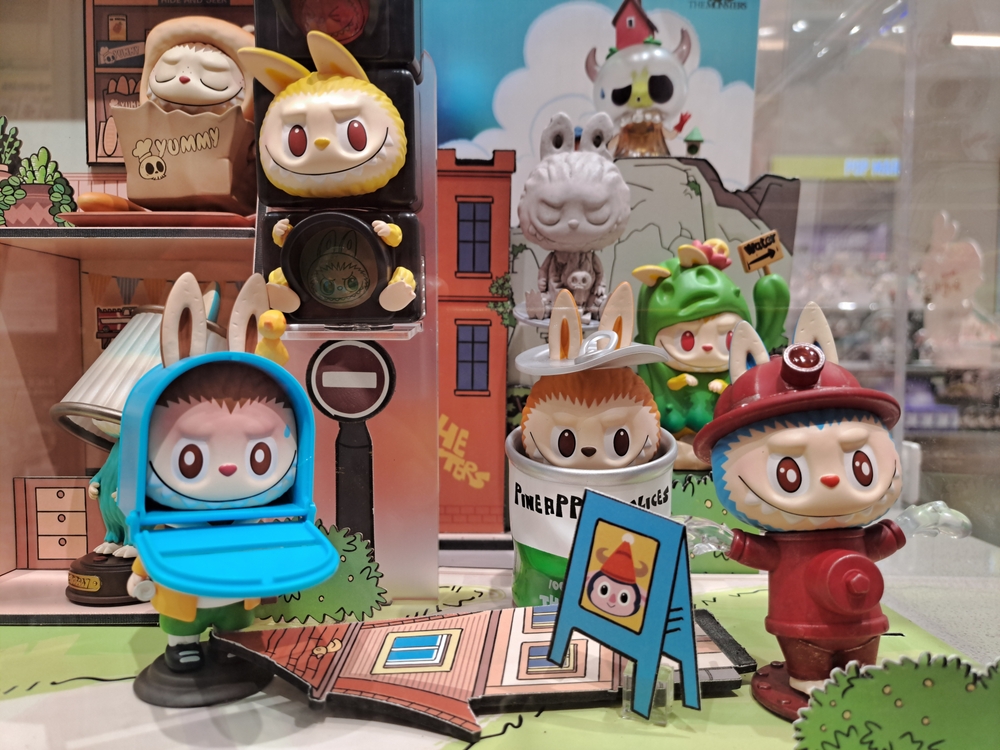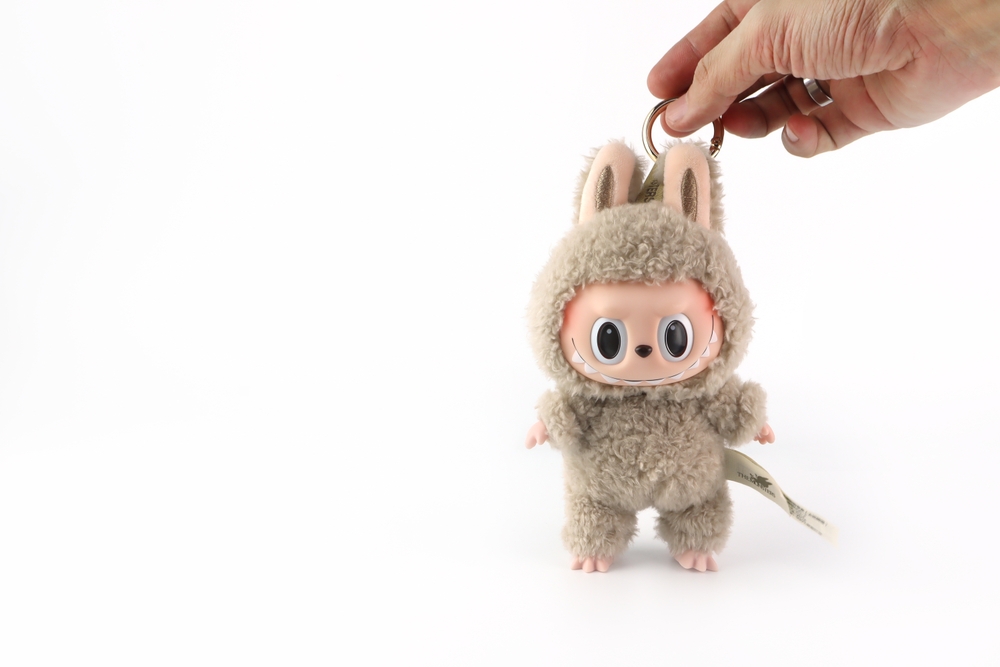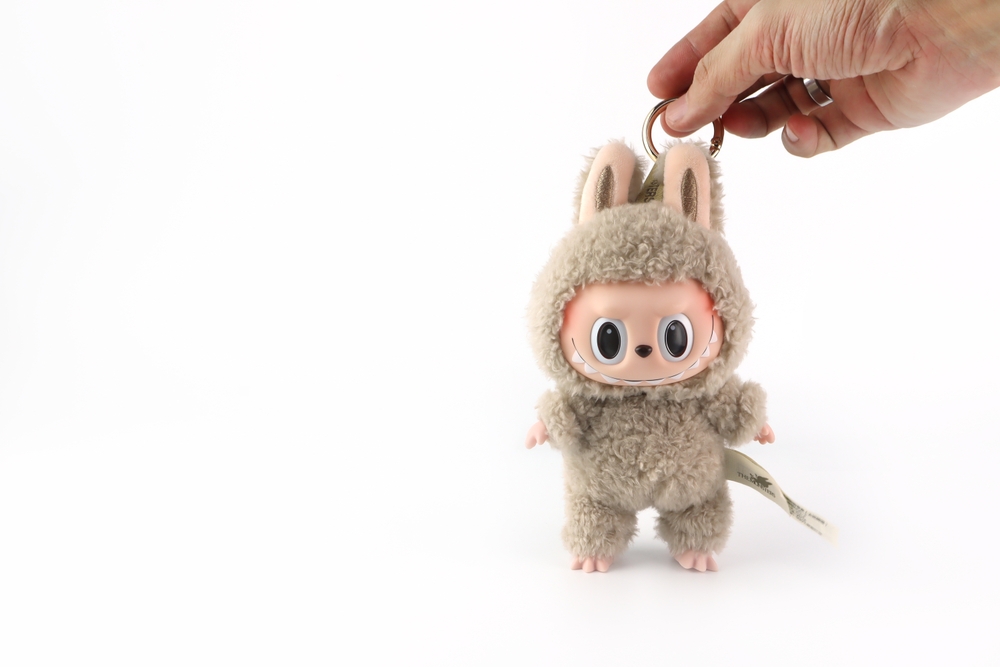The internet has no shortage of bizarre trends, but one of the latest has taken an unexpectedly dark turn. Labubu dolls, once beloved for their quirky designs and collectible appeal, are now at the center of a chilling controversy. Fueled by viral videos and unsettling imagery, people across social media platforms are destroying their Labubus in fear after a creepy theory surfaced linking them to the ancient Mesopotamian demon Pazuzu. While the claim may sound like something from a horror movie, it has ignited a firestorm of concern and debate.
The Rise of Labubu: From Cute to Creepy
Labubu figures were originally designed as part of the “Monster Little” toy line by artist Kasing Lung. They quickly gained a cult following for their expressive faces, cartoonish limbs, and imaginative storytelling. With different seasonal editions, collaborations, and blind box releases, these figures became popular among collectors in Asia and beyond. For many fans, Labubu was simply a charming character with a mischievous smile and fantasy-themed backstory.
However, in early 2025, something changed. A wave of eerie TikTok and YouTube videos began to circulate, showing Labubu dolls in dimly lit rooms, moving inexplicably, or casting strange reflections. Viewers claimed the figures were linked to bad dreams, household mishaps, or a feeling of being watched. These videos often featured spooky background music, distorted audio, and references to demons or spiritual possession. One name kept popping up: Pazuzu.
Who Is Pazuzu and Why Are People Concerned?
Pazuzu is a real figure from ancient Mesopotamian mythology. Often depicted with a lion’s head, eagle wings, and scaly body, Pazuzu was believed to rule over the southwestern wind. In folklore, he brought famine, locusts, and disease. Although he was sometimes invoked to ward off other demons, his appearance and reputation were deeply unsettling. Pazuzu was most famously popularized in modern horror through the 1973 film The Exorcist, where he was portrayed as a malevolent force of possession.
Online conspiracy theorists noticed that the Labubu figure bore similarities to traditional depictions of Pazuzu. Both have large, exaggerated eyes, wide toothy grins, and elongated limbs. Some versions of Labubu also come with horns or dark wings, which only added fuel to the speculation. Comparisons flooded social media, with side-by-side images and captions like “this is no coincidence” or “they’ve disguised him as a toy.”
Read More: You Won’t Believe How Much These Old Toys Are Worth Today
Social Media Turns Supernatural
The connection may have started as a joke, but it quickly spiraled into something more serious. People began uploading videos of themselves throwing away, burying, or even burning their Labubu figures in backyard fires. They claimed the dolls caused misfortune, disrupted sleep, or attracted negative energy into their homes. Some users shared dreams involving dark figures with Labubu-like features or claimed pets were behaving strangely when the dolls were nearby.
On Reddit, entire threads were dedicated to decoding the symbolism of Labubu’s designs. Some users argued the character’s narrative mirrored ancient demon lore. Others insisted the design was a subconscious representation of evil hiding in plain sight. A few posts even warned against keeping Labubu dolls inside the home, suggesting they acted as spiritual conduits or “portals” for demonic energy.
Toy Collectors Caught in the Crossfire

Collectors who had spent years building their Labubu collections were now facing a difficult choice. For some, the theory was ridiculous and insulting to the toy’s creators. They argued that Labubu is a work of fantasy, and any similarities to demon imagery were purely artistic or coincidental. Others felt uneasy, admitting that even if the theory was far-fetched, the atmosphere around the toys had shifted. A few admitted to putting their collections in storage just in case.
Secondary markets also responded. Online marketplaces saw a surge in listings of Labubu figures with captions like “selling due to bad vibes” or “getting rid of cursed toys.” Some figures were sold at steep discounts while others, ironically, saw a spike in value due to the controversy. Scarcity and fear created an odd mix of horror and hype.
Psychology Behind the Panic
The Labubu panic is a modern example of how folklore, visual suggestion, and group behavior can turn harmless objects into objects of fear. Human brains are wired to look for patterns and meaning. When we are exposed to repetitive claims, unsettling images, and ominous music, we begin to associate neutral items with negative emotions. Social media amplifies this by creating echo chambers where fear spreads quickly and logically flawed connections are reinforced.
This phenomenon is not new. Similar panics have surrounded everything from Ouija boards to Furbies to Beanie Babies. When enough people believe an object holds negative power, their shared anxiety becomes self-fulfilling. Sleep disruption, nervous energy, or increased attention to coincidences then gets attributed to the object in question.
Creators Stay Silent as Controversy Grows
As of now, the creators of Labubu have not released an official statement addressing the Pazuzu theory. Their social media pages continue to promote new designs and upcoming releases. Some fans speculate they are avoiding the topic to prevent fueling the fire. Others believe the silence adds to the mystery.
Meanwhile, parody videos and mock exorcisms involving Labubu continue to go viral. Some content creators are capitalizing on the trend, creating spooky edits or “ritual” challenges for views and engagement. Not everyone takes the theory seriously, but the sheer volume of content ensures the idea continues to spread.
Is There Any Truth to the Claims?

There is no historical or factual evidence linking the Labubu toy to the demon Pazuzu. The character was created as a fantasy figure with whimsical elements. While artistic interpretations can resemble many things depending on the viewer’s perspective, resemblance alone does not confirm intent or influence.
The idea that Labubu serves as a demonic vessel lacks credibility outside of online speculation. Most of the panic comes from viral storytelling, user-generated content, and visual association. Without any spiritual or archaeological proof, the theory remains just that, a theory.
The Real Power of Collective Belief
What this episode reveals is how modern myth-making works. The internet has become a breeding ground for 21st-century folklore, where fear spreads fast, belief takes shape through repetition, and symbols gain new meaning overnight. People project their worries onto inanimate objects, especially when those objects have eerie faces or exaggerated features. Once fear takes hold, logic struggles to catch up.
The Labubu panic is unlikely to last forever. Like past moral scares and viral trends, it may eventually fade into internet history. However, it will remain a reminder that in the digital age, even a toy can become the center of a supernatural firestorm.
Read More: How Labubu Turned Wang Ning Into a Billionaire Before 40
Final Thoughts
Labubu started as a whimsical creature from an artist’s imagination. Now, thanks to a storm of eerie visuals and whispered theories, it finds itself accused of harboring ancient evil. Whether or not people truly believe Labubu is cursed, the fear has become real for many. As some burn their collections and others double down on skepticism, the strange saga of Labubu and Pazuzu continues to unfold in real time. One thing is clear, belief, whether rational or not, still holds incredible power in shaping what we see, feel, and fear.
Disclaimer: This article was created with AI assistance and edited by a human for accuracy and clarity.

